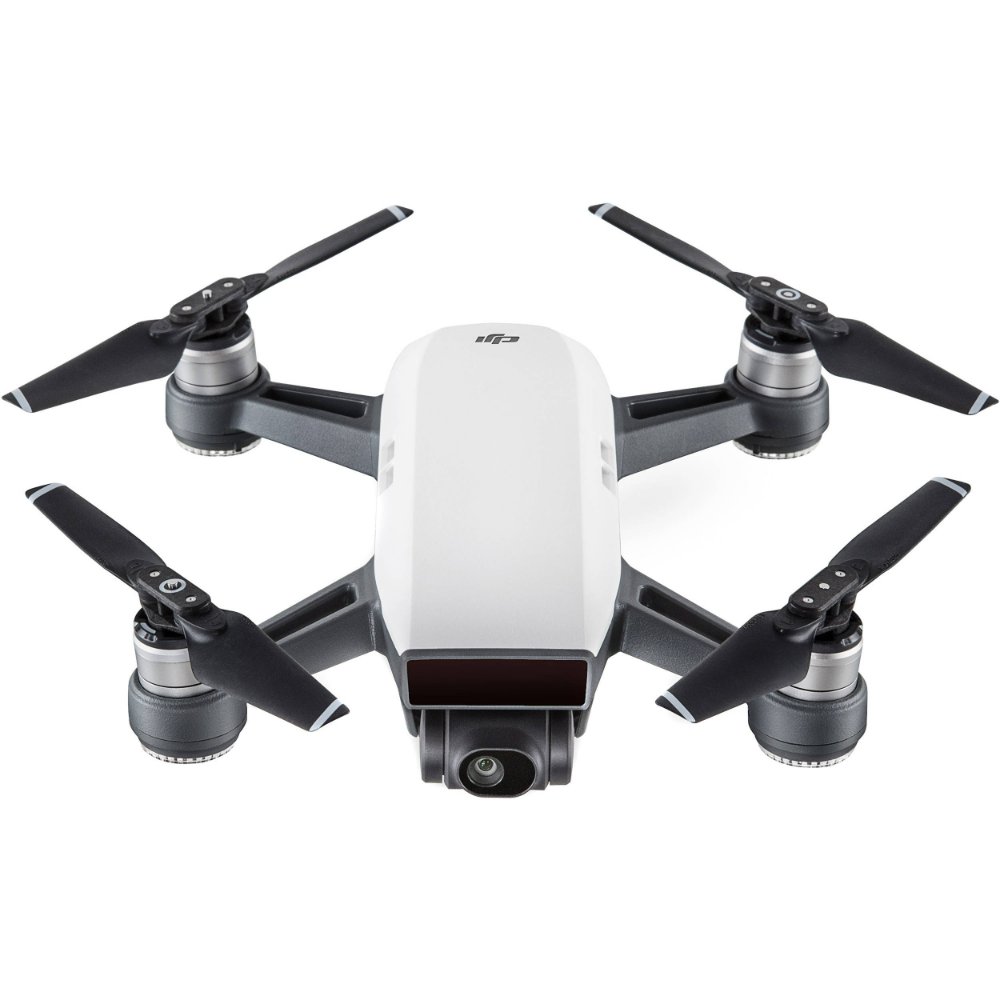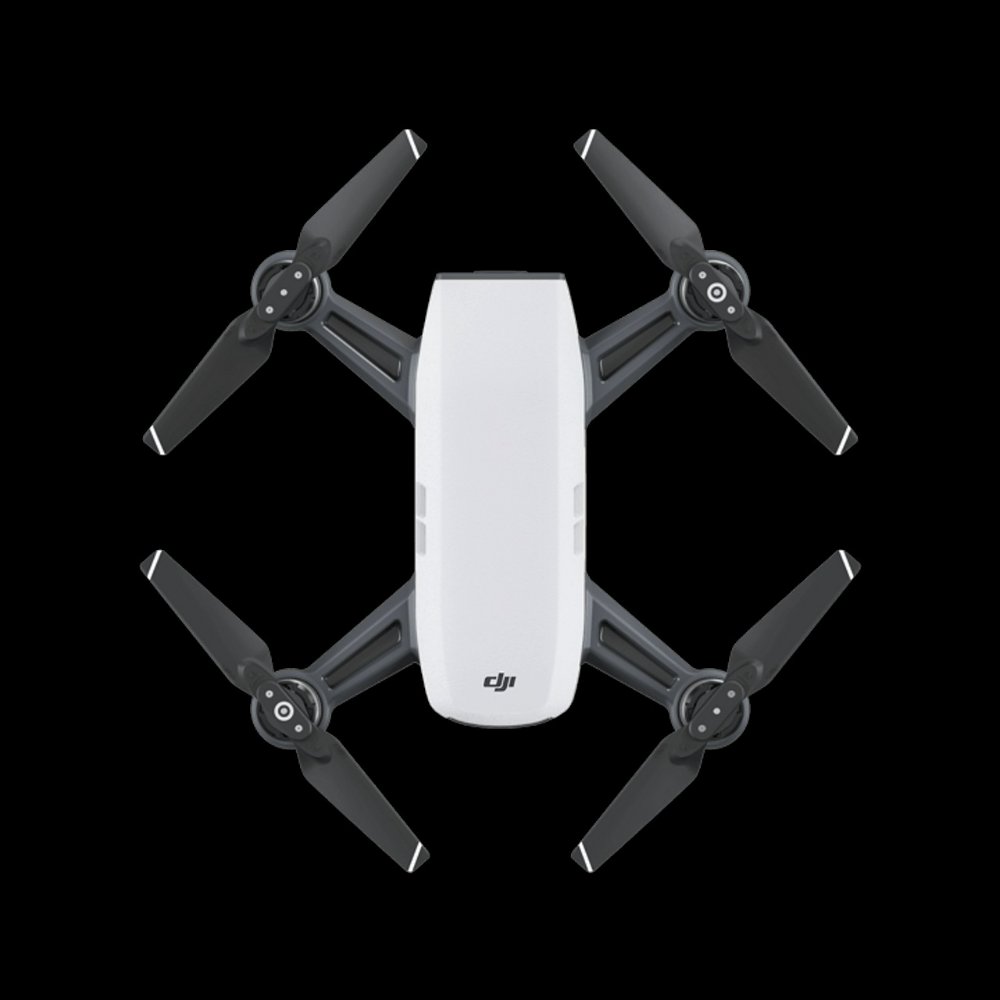DJI Spark Battery Overview
The DJI Spark drone relies on a high-quality battery to fly and capture amazing content. Knowing about the DJI Spark battery is key to getting the most out of your drone. The battery is lithium-ion polymer (LiPo), known for its high energy density. It offers about 16 minutes of flight time under ideal conditions. However, flight time can vary based on several factors such as wind, payload, and flight patterns. To maintain the battery, it’s essential to monitor its temperature, avoid overcharging, and store it properly. Implementing good habits will help extend the battery’s lifespan, let you fly longer, and save money on replacements. Remember, a well-maintained DJI Spark battery is crucial for optimal drone performance.

Tips to Extend Battery Life
Maximizing the lifespan of your DJI Spark battery not only saves money but also ensures continued enjoyment of your drone flights. Here are practical tips to help extend the life of your battery.
- Avoid Complete Discharges: LiPo batteries don’t need to be fully drained before recharging. Aim to recharge your battery when it drops to 15-25% to prevent stress and strain.
- Maintain a Cool Temperature: Heat can degrade your battery over time. Avoid exposing the DJI Spark battery to direct sunlight and don’t charge it immediately after a flight. Allow it to cool first.
- Follow Proper Charging Habits: Use only the official DJI Spark charger and avoid overcharging the battery. Once fully charged, disconnect the battery to prevent potential overcharge damage.
- Minimize Exposure to Extreme Weather: Extreme cold and heat can reduce battery performance. Whenever possible, fly your DJI Spark in mild conditions to reduce the risk of battery damage.
- Limit Aggressive Flying: Aggressive flight maneuvers like quick ascents or sharp turns can drain the battery faster. Opt for smoother flights to help conserve battery life.
- Update Software Regularly: Keeping your DJI Spark’s firmware updated can lead to better battery management and efficiency. Check for updates frequently and install them as needed.
Incorporating these habits into your drone usage can significantly prolong the life of your DJI Spark battery. By understanding the importance of battery care, you can enjoy longer flights and avoid the inconvenience of frequent replacements.
Charging Your DJI Spark Battery
Proper charging is crucial in maintaining your DJI Spark battery. To ensure optimal charging and battery health, follow these simple steps:
- Use the Official Charger: Always charge with the DJI-approved charger. Using other chargers can harm your battery.
- Monitor Charging Time: Never leave your battery charging unattended. Overcharging can reduce its lifespan.
- Charge at Room Temperature: Charge your battery in a cool, dry place. Extreme temperatures can damage it.
- Avoid Charging Right After Flight: Let your battery cool down before charging it. Charging it hot can degrade its quality.
- Keep Firmware Updated: Firmware upgrades can improve charging protocols. Always install the latest version.
By keeping these points in mind, you’ll help maximize your battery’s lifespan and ensure it provides a reliable power source for your DJI Spark drone adventures.

Understanding Battery Capacity and Flight Time
Knowing your DJI Spark battery’s capacity is key to planning your flights. Each battery holds a finite amount of charge, measured in milliampere-hours (mAh). This measurement tells you how long the battery can power your drone under ideal conditions. The more mAh, the longer your drone can stay in the air. For the DJI Spark, expect roughly 16 minutes of flight time with a fully charged battery.
But real-world conditions often differ from the ideal. Factors such as wind, payload, and flying style can decrease flight time. Strong winds force the motors to work harder, draining the battery quicker. Carrying additional weight, such as a gimbal or camera, also shortens flight duration. Aggressive flying patterns, like rapid ascents and sharp turns, increase power consumption.
To make the most of your battery’s capacity, plan for smooth, gentle flights. Avoid carrying unnecessary weight. Check the weather before you fly to steer clear of strong winds. By doing so, you’ll help ensure each flight is as long and efficient as possible.
Keep in mind that over time, the battery’s capacity will naturally decrease. This is a normal part of the battery’s lifecycle. Regularly monitoring battery health can help identify when it’s time for a replacement and prevent unexpected power loss during flights.
Storage and Maintenance Best Practices
Proper storage and maintenance are crucial to extending the life of your DJI Spark battery. Here are best practices to follow:
- Store Batteries Properly: Keep batteries in a cool, dry place away from direct sunlight. High temperatures can reduce battery lifespan.
- Use a Battery Case: Protect your batteries during storage and transport with a battery case. This prevents short circuits and physical damage.
- Maintain Charge Levels: For long-term storage, keep batteries at 40-60% charge. Avoid storing batteries fully charged or fully depleted.
- Check Regularly: Inspect stored batteries every few months. Recharge them if they have fallen below the safe storage charge level.
- Clean Contacts: Keep the battery contacts clean and free of debris to ensure a good connection to the drone. Use a soft, dry cloth for cleaning.
- Handle with Care: Avoid dropping or bumping the batteries. Physical impacts can damage the cells inside.
- Follow Manufacturer Guidelines: Refer to the DJI manual for specific instructions on battery care and storage.
By adhering to these maintenance and storage guidelines, you can maximize your DJI Spark battery’s health and longevity.

Troubleshooting Common Battery Issues
Even with careful maintenance, you may face some DJI Spark battery issues. Here’s how to troubleshoot common problems:
- Battery Won’t Charge: Ensure you’re using the official DJI charger. Check for damage on the battery and the charger. If there’s no visible damage, the battery may be too hot or too cold. Let it reach room temperature and try again.
- Short Flight Times: If the battery is draining faster than usual, check for excess weight on your drone or harsh flying conditions. Consider calibrating the battery or updating the firmware for better performance.
- Battery Swells: Swelling can happen if a battery is overcharged, stored improperly, or damaged. Stop using a swollen battery immediately. Replace it to prevent safety risks.
- Error Messages: Follow error messages prompts on your DJI Spark app. If the issue persists, refer to the DJI manual or contact DJI support for help.
- Battery Health Decline: Regularly check your battery’s health in the DJI app. If you notice a sharp decline, ensure you’re storing and maintaining the battery correctly. Replace it if necessary.
By knowing how to address these battery issues, you can quickly resolve them and get back to flying your DJI Spark with confidence.
Firmware Updates and Battery Performance
Keeping the firmware of your DJI Spark up to date is crucial for battery performance. Here’s what you need to know:
- Regular Updates Improve Efficiency: Firmware updates can enhance the way your DJI Spark manages battery power. Stay alert for new releases.
- Enhanced Battery Management: Updates often refine how the battery charges and discharges, leading to better overall battery health.
- Potential Fixes for Issues: Firmware can fix bugs that affect battery life. Installing updates may resolve unexpected battery problems.
- Easy Update Process: You can update your drone’s firmware through the DJI app. Make sure your battery is sufficiently charged before starting the update.
- Check Update Logs: Each update comes with a log of changes. Reading this log can give you insights into how the update will impact battery performance.
Remember, keeping your DJI Spark’s firmware current is key to ensuring you get the most flight time out of your battery. It’s a simple but effective way to help your battery last longer and work better.
Accessories to Enhance Battery Efficiency
To enhance the efficiency of your DJI Spark battery, consider using these recommended accessories:
- Battery Charging Hub: This tool allows you to charge multiple batteries at once. It optimizes the charging process to improve battery lifespan.
- Intelligent Flight Batteries: Buy extra to extend your flying sessions. They have smart features that manage power use.
- Protective Battery Covers: Use these to keep your batteries safe from dust and damage during storage or transport.
- Portable Power Banks: Carry these for on-the-go charging. They let you recharge your batteries anytime, anywhere.
- Car Charger Adapter: This accessory is perfect for charging batteries from your vehicle when you’re out in the field.
- Temperature-Controlled Bags: They help maintain a constant temperature, which is crucial for battery health during transport.
Using these accessories properly will help maintain your DJI Spark battery’s health and maximize flight time. Remember to always follow the manufacturer’s instructions for use and care of these accessories.